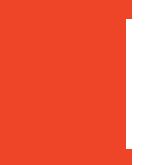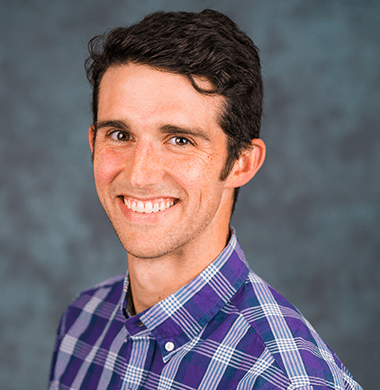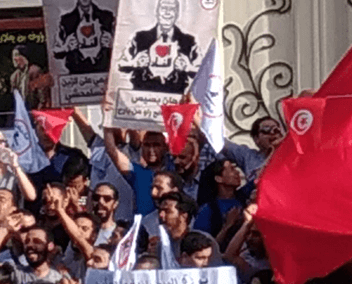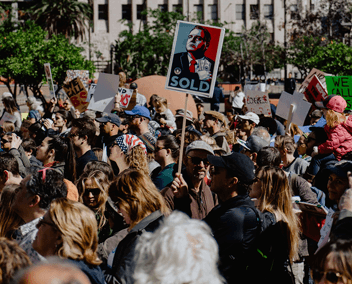The problem
Thousands of organizations across the world struggle with the fact that, though people often complain about corruption, few take concrete action against it. What then are the triggers that embolden citizens to move beyond disillusionment and apathy and act against corruption - knowing well that doing so can be risky?
The outcome
Our research sheds light on the answers to this vital question. We developed and tested a three-tier theory of change (ToC), a model that spells out how citizens take action as a result of three variables: their own cost-benefit approximations, the way that contextual factors affect their lives, and their social connections, through which contextual factors are translated, and made tangible. This final factor - social mediation - where encounters and discussions with people who are important for the individual, is especially important, and constitutes the ‘tipping point.’ Our research suggests that it's at this tipping point where anti-corruption organizations can do much more to support citizen action on corruption.
Background
Recent years have seen valuable research into what drives citizen action against corruption, but there remains a lack of conceptual clarity about how and why citizens decide to take action against corruption and how they choose to engage in specific anti-corruption mechanisms. Because of this, it’s not always easy for organizations working on corruption, like Transparency International and its country partners, to work out how best to engage citizens in their efforts to tackle corruption.
Despite the fact that the mechanisms of citizen engagement have been poorly theorised, international anti-corruption organizations nevertheless invest heavily in them. Solid empirical research and and an ‘Ahah!’-inducing ToC were thus sorely needed to help anti-corruption campaigners think through how they could be more effective in promoting and supporting citizen action. This timely piece of research has now filled that gap.
Our approach
Global-level organizations often try to support ground-level organizations by producing theory-based research that aspires to be applied to all contexts equally. Of course, this kind of research is often too abstract for local organisations and activists on the ground who need practical guidance they can apply to their own particular contexts.
Global Integrity’s Problem Mapping research focused on helping the TI Secretariat make sure that strategies developed at the global level were meaningful to grass-roots activists, providing them with insights and concrete guidance they can use in their own work.
Our research team worked with partners to select a fluid, thoughtful and qualitative ‘off-road’ research approach, aimed specifically at generating an iterative, inclusive ToC that ground-level activists would not only relate to, but could also build on in practice. Incorporating both logical deduction and reflective induction into their methodology, they scrutinised the literature to uncover useful theoretical nuggets that could be concretized, refined and combined with the primary data obtained during their fieldwork. The result: a theoretically led yet empirically substantiated ToC that illuminates the logic of citizen engagement by revealing the trigger mechanisms that influence people when at the cusp of taking action.
We chose this approach for two reasons. Firstly, to overcome redundant oversimplifications in the existing literature, and secondly, to bring to light the complex, multilevel processes that catalyze and sustain citizen activism. The resultant ToC is a tool for understanding not only ‘when’ and ‘why’ individuals choose to act, but also ‘how’ – unpacking and explaining the processes citizens go through when deciding to take action.
The outcome
Our research found the key for facilitating citizen action is to understand and engage with the places and people that are important to those who might step forward to take action. Places where people gather to worship, where their kids are at school, or at sporting, social or community events. Family, colleagues, friends and peers have significant opportunities to encourage those who hold grievances, influencing them by validating and endorsing choices, warning against risks, and helping them interpret outcomes. These are the people and places organizations must understand if the mechanisms they offer to citizens are to be perceived as viable avenues for taking action against corruption.
Previously consigned to a theoretical black box, the ‘why, when and how’ of citizen engagement are now on the table for discussion amongst the global open governance and anti-corruption communities. Armed with this new research, recruiting citizens into anti-corruption campaigns should become easier, with organizations obtaining a clearer picture of how they can analyze their own action to become yet more effective.
Our partners agree that this research project has been groundbreaking in providing practitioners in the field with a powerful ‘learning lens’ to help them ask simple yet important questions about what they are doing, how and why. While it makes a significant theoretical contribution to the study of the logic of citizen engagement, it also offers concrete advice to organisations and practitioners on the ground. And because it is practitioner-relevant, the ToC that has emerged from this research offers a resource that will enable TI chapters and other organizations to assess their own work and help them use the findings in their decision-making processes.
Transparency International Secretariat holds that: ‘We learned that it is possible to do meaningful, rigorous research that can help inform both theory and practice.’
I-Watch Tunisia, for their part, report that, due to the research: ‘We learned that it is possible to produce rigorous research that can be made useful directly for reflection and adaptation at country level through those actors actively driving anti-corruption engagement.’





